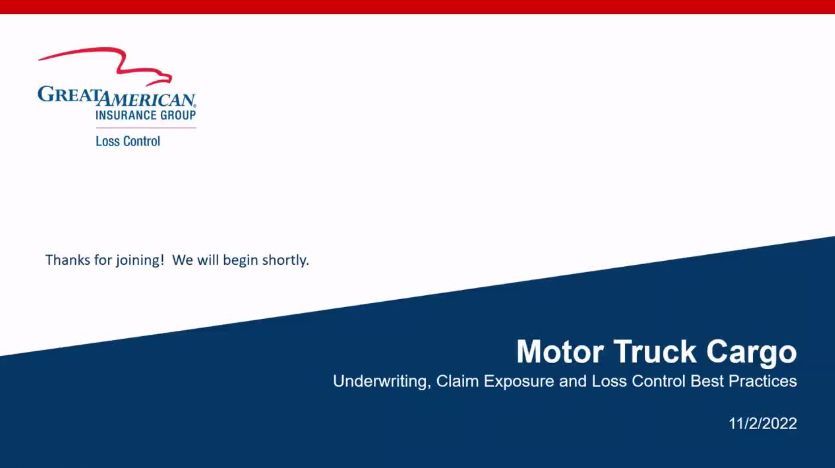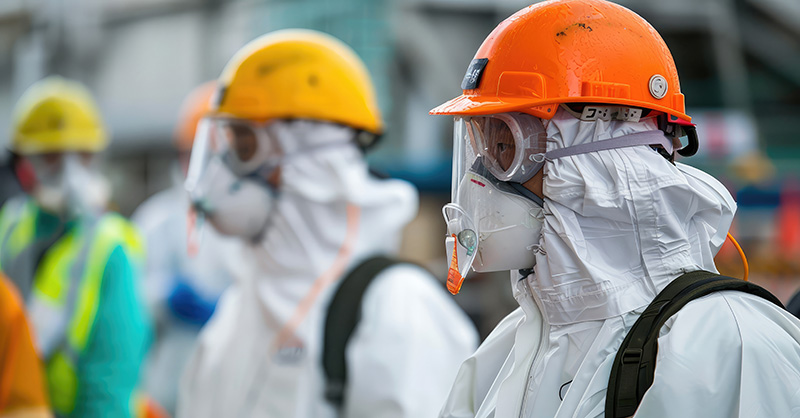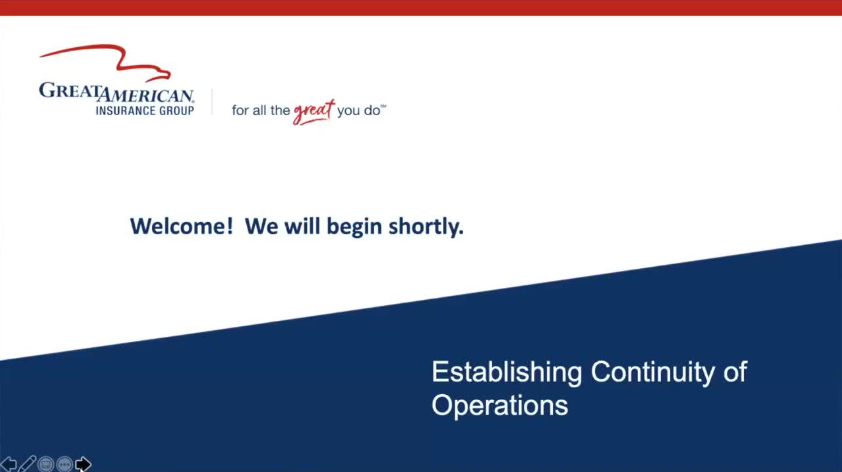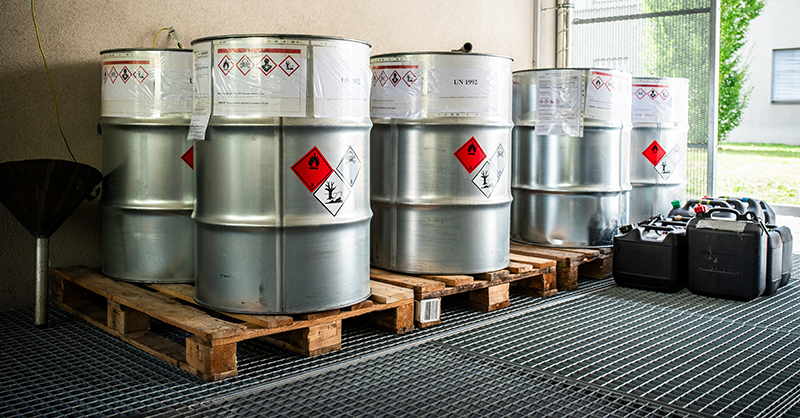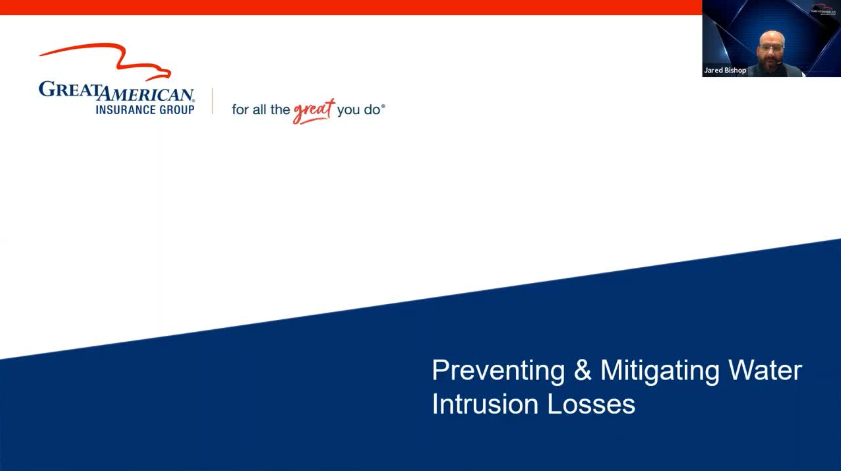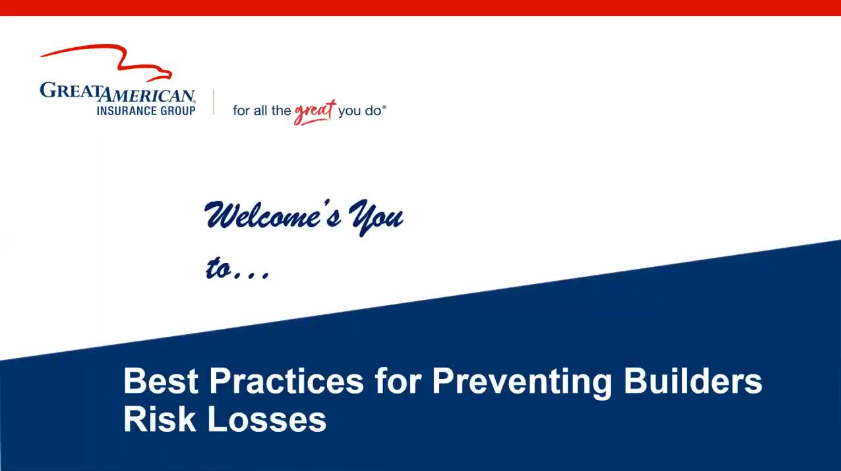Food Safety for Food Banks, Pantries and Distribution Centers

Food banks, pantries and similar nonprofits that provide meals are invaluable resources for vulnerable populations in the communities they serve. For those who rely on their services, there is often no alternative, so business continuity is vital to consistently achieve the goal of preventing hunger. Not only do these organizations address serious food insecurity issues across the nation, but they also reduce food waste by sourcing large quantities of food that would otherwise go to waste.
The Critical Challenge of Preventing Food Contamination
Perhaps the most significant threat to this mission is food contamination, which poses a major risk to public health. Unsafe food can lead to foodborne illnesses for those the organization is trying to help. Additional consequences can include incurred costs for mitigation and resolution, as well as erosion of public trust. In worst-case scenarios, the organization may not survive. An organization is more likely to be affected if best practices are not in place.
The Centers for Disease Control and Prevention (CDC) estimates that there are 48 million cases of foodborne illness (commonly referred to as “food poisoning”) in the United States each year, resulting in about 128,000 hospitalizations and 3,000 deaths. These illnesses cost more than $15.6 billion in the United States annually, including medical expenses and lost productivity. Common germs include Salmonella, E. coli and Toxoplasma gondii. In some cases, victims may seek compensatory damages against entities involved in the chain of production.
The Unique Risks Presented by Donated Food Items
Food assistance programs often rely heavily on donations. Most of the food is not purchased directly by the organization(s) distributing it to those in need. It is also common for these organizations to regularly use volunteers who lack experience. This makes it crucial to know what to accept and how to store it properly. To help ensure the volume and variety of foods that move through these organizations are safely provided to those in need, it is critical to have procedures in place for handling and storing food.
What You Can Do to Help Ensure Food Safety
- Wash hands thoroughly and use disposable gloves when necessary.
- Use food-safe packaging materials, including airtight leak-proof containers, and ensure packages are sealed properly.
- Separate raw and cooked foods in different shelves, drawers or containers.
- Ensure perishable foods are stored at the proper temperatures. The refrigerator should be set to 40 degrees Fahrenheit or below, and the freezer should be set to 0 degrees Fahrenheit or below.
- Do not place meat, poultry or seafood on upper shelves where it can drip below and cross-contaminate other foods.
- Check produce for freshness and quality, and avoid blemishes.
- Keep produce in a separate area of the refrigerator from meat, poultry, seafood and eggs.
- Avoid damaged or leaking packaging, including egg cartons and cracked eggs.
- Inspect cans and containers to confirm there is no leaking, bulging, dents, rust, cracks, loose lids or foul odors.
- Store cans and other shelf-stable food in cool; dry places, ideally between 50 and 70 degrees Fahrenheit, and avoid extreme temperatures.
- Use the “First In, First Out” rule: Rotate stock to ensure older items are used first.
- Adhere to expiration timelines. Shelf-stable food with high acid content, such as tomatoes and other fruit, can be stored for 12-18 months. Low-acid food, like meat and vegetables, can be stored for 2-5 years.
A Word on Food Sensitivities
For food assistance programs, an important component of food safety is allergies and dietary restrictions. Adverse reactions are not limited to being caused by contamination. This goes for both employees/volunteers handling and distributing the donations and for patrons accepting and consuming them. Food packages should be clearly labeled with allergy information. Managers of food assistance programs should include training on common allergens and safe handling in their risk management efforts.
Now What?
Following the above tips can have a positive impact on your food assistance program. It’s also important to consider emergency preparedness to react swiftly if an unfortunate event does occur. Formalize your Food Safety program by putting best practices in writing and requiring employees and volunteers to learn them. Documentation and mandatory staff training are key to implementation. When effectively communicated, a strong food safety program ensures your organization can continue to achieve the goal of providing for those in the community who rely on assistance as part of a path toward a brighter future.
Sources
- Food Safety in Your Kitchen (FDA)
- From supermarket to table: Tips to minimize food poisoning risks (PropertyCasualty360)
- Kitchen Companion: Your Safe Food Handbook (USDA)



